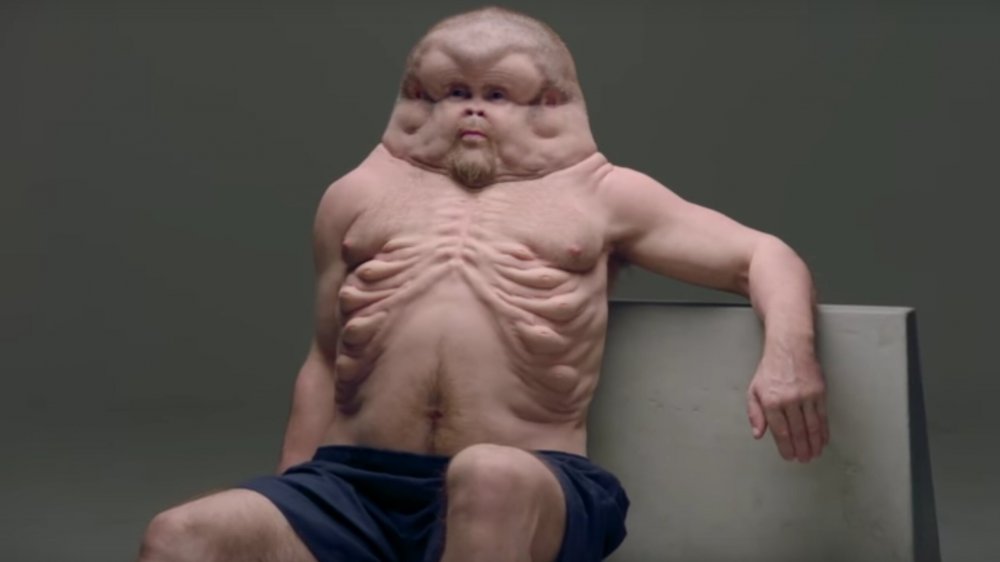
Hippocampus: The hippocampus helps in learning and memory building. It is present just under the front and medial sections of the temporal lobe. The hypothalamus is located ventral to the thalamus and is a component of the diencephalon.Īmygdala: The amygdala, as a part of the telencephalon, is positioned in the temporal lobe and is associated with fear, memory and emotion. Besides these functions, it is also responsible for controlling the pituitary glands which is responsible for producing hormones.

Hypothalamus: Hypothalamus is associated with functions like circadian rhythms, homeostasis, hunger, emotions and thirst. All sensory information, except olfaction, sent to the brain enters the thalamus and from there is sent to the overlying cortex by neurons. Thalamus: Thalamus is a substantial piece of gray matter that lies deep inside the forebrain. The thalamus, hypothalamus, amygdala and the hippocampus are the four different sections that make up the limbic system. It is also sometimes called the emotional brain because it takes charge of our emotional response. The limbic system lies inside the cerebrum. Any damage to it can cause problem with language skills, speech perception and memory. Temporal Lobe: The temporal lobe is responsible for forming memories and processing the sounds being recorded by the ears. If it is damaged, your visual ability will be affected, like unable to recognize colors, words and objects. It is positioned at the back of the brain. Occipital Lobe: The occipital lobe is tasked with the duty of interpreting the information being sent to the brain by the eyes. Any damage to it can cause problems with language, ability of controlling eye gaze and verbal memory. Parietal Lobe: The parietal lobe is responsible for processing the information sent to the brain by the tactile senses like pain, pressure and touch.

Any damage to it can lead to changes of socialization, attention, sexual habits, etc. It is positioned at the front portion of the brain. The names of these lobes are frontal lobe, occipital lobe, parietal lobe and temporal lobe.įrontal Lobe: The frontal lobe is tasked with the duty of performing functions like expressive language, reasoning, higher level cognition and motor skills. The cerebrum is further subdivided into four different sections that have their own respective functions and are termed as lobes. It is also known as the cortex and is responsible for performing a great number of important brain functions, including action and thought processing. Most of the actual information processing in the brain takes place in the cerebral cortex.The cerebrum constitutes the largest part of the human brain. The telencephalon contains the largest part of the brain, the cerebrum. The diencephalon contains structures such as the thalamus and hypothalamus which are responsible for such functions as motor control, relaying sensory information, and controlling autonomic functions.

There are two major divisions of forebrain: the diencephalon and the telencephalon. The forebrain is the division of the brain that is responsible for a variety of functions including receiving and processing sensory information, thinking, perceiving, producing and understanding language, and controlling motor function.


 0 kommentar(er)
0 kommentar(er)
